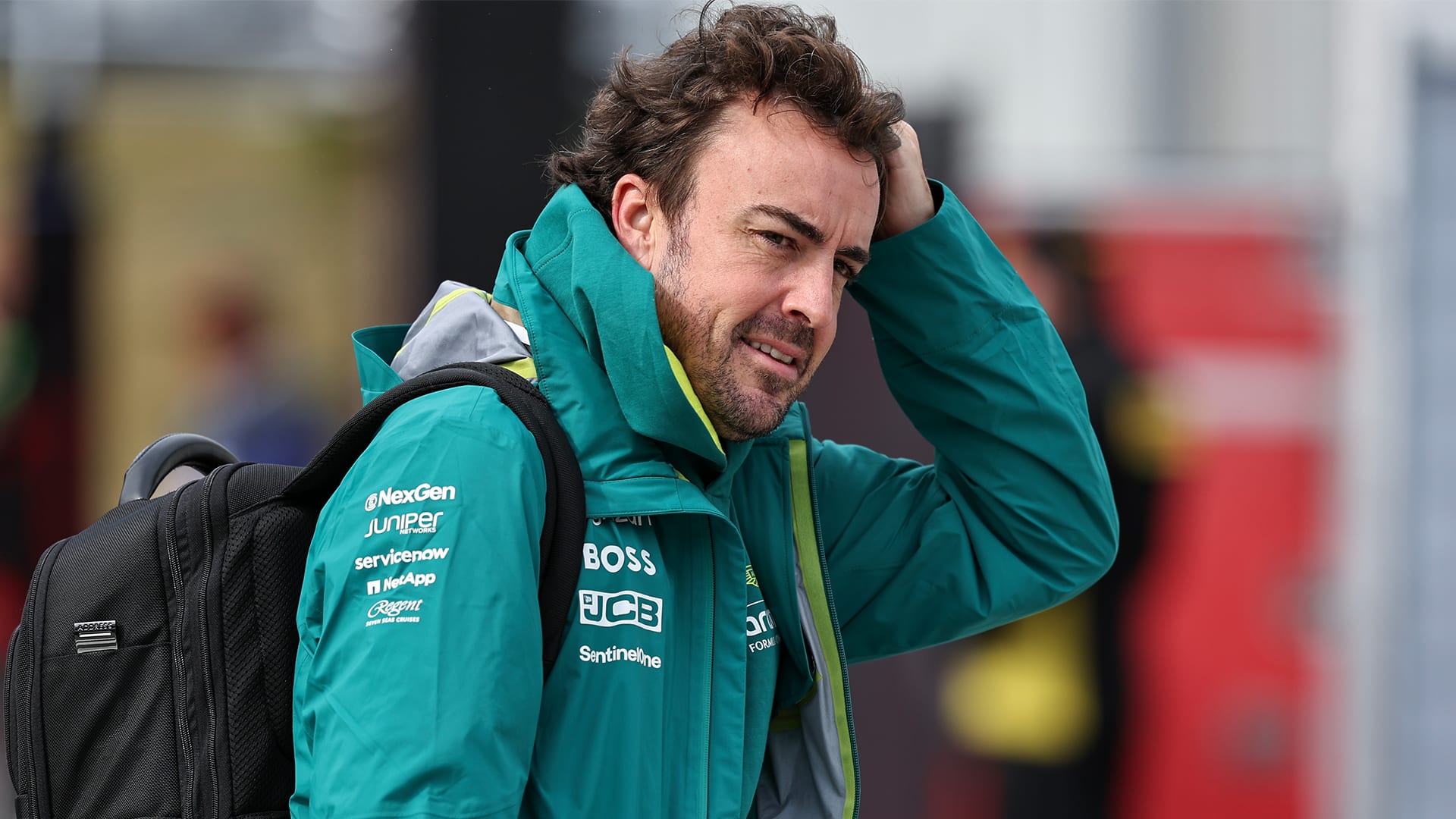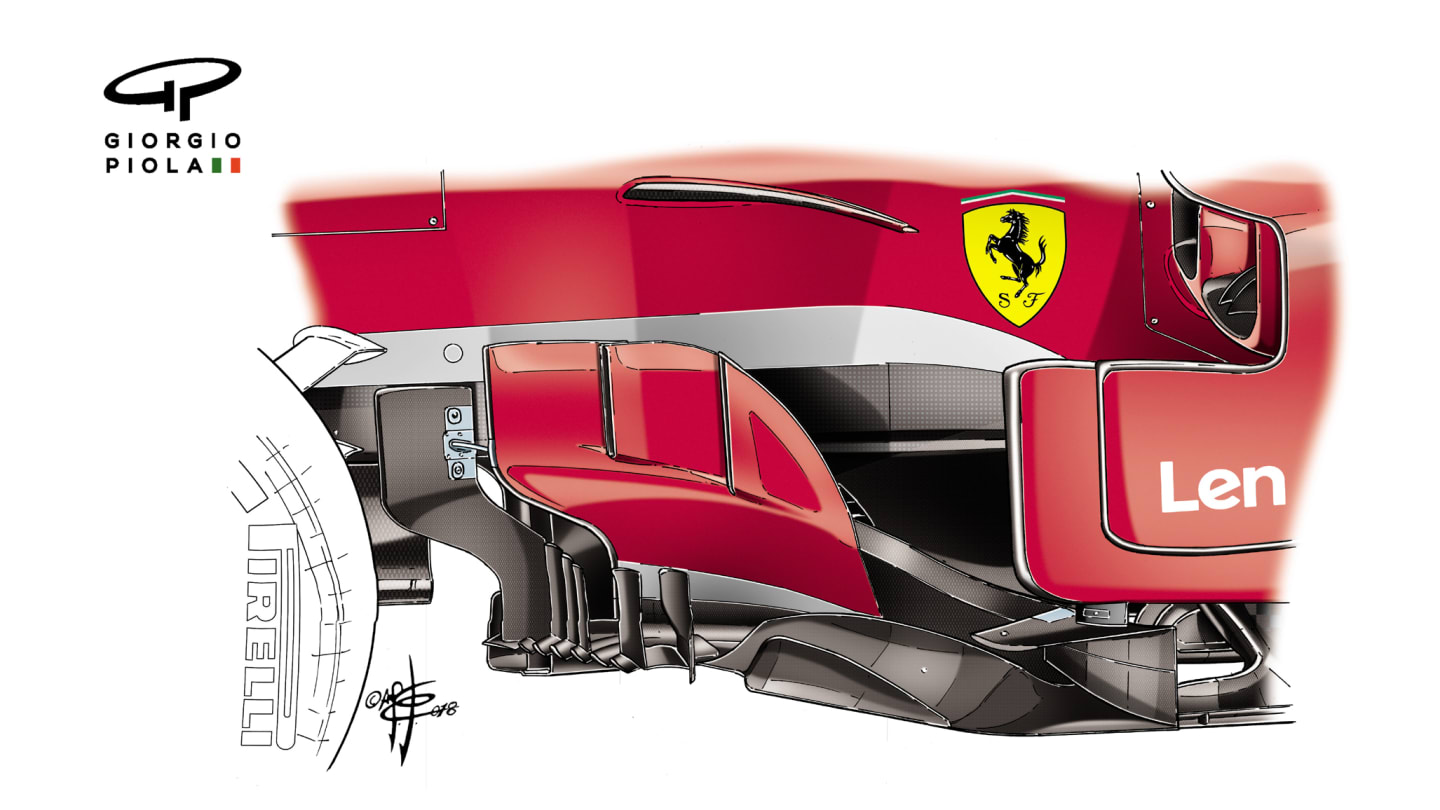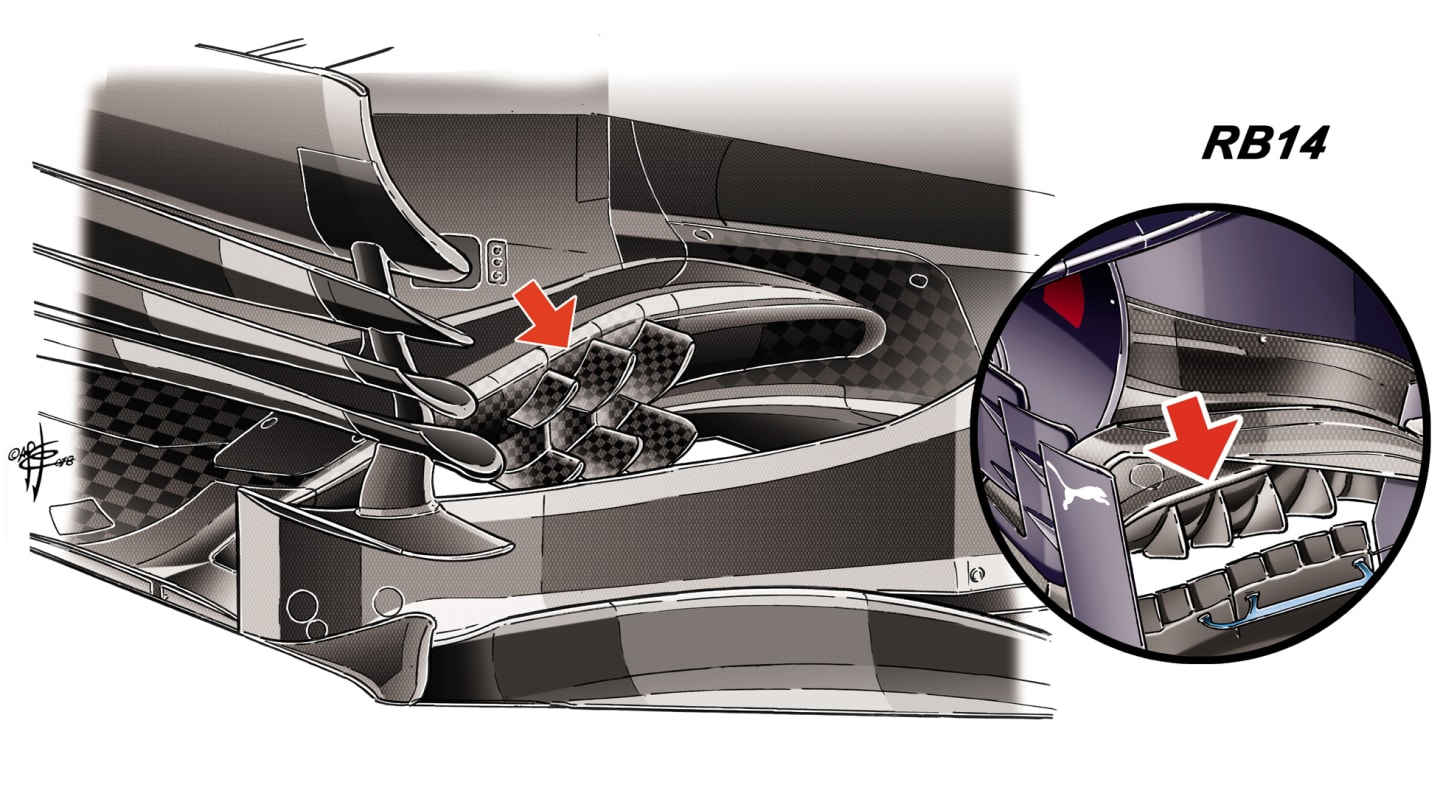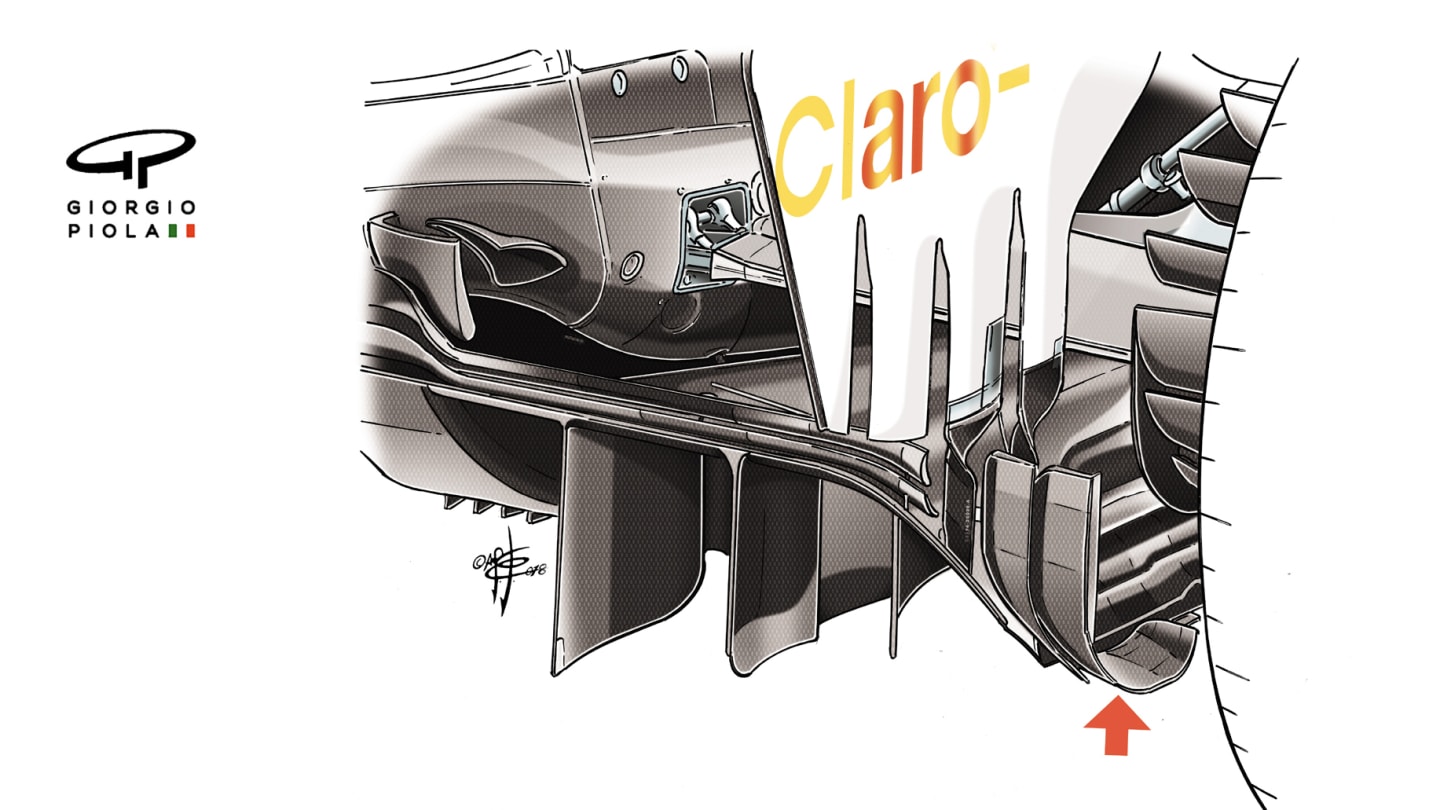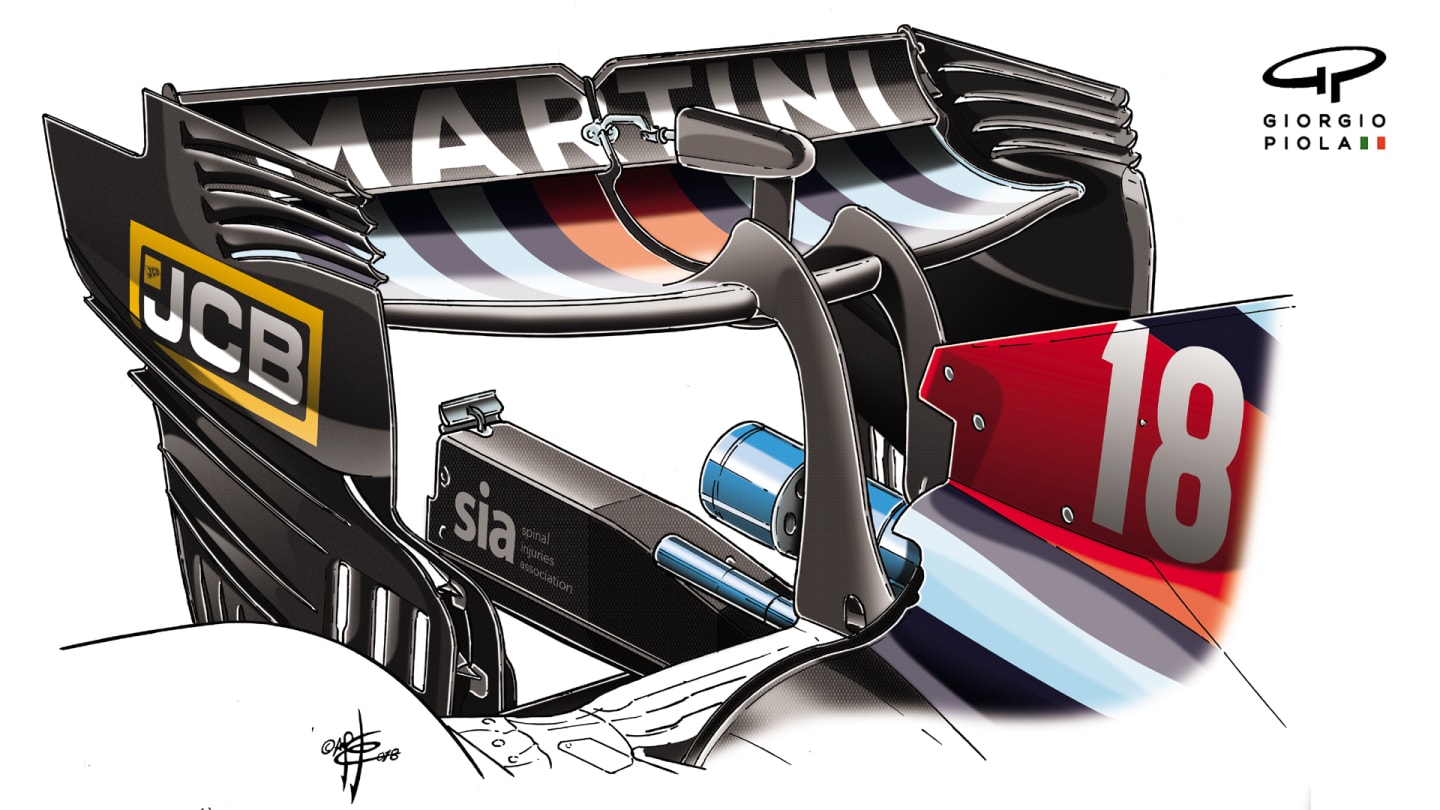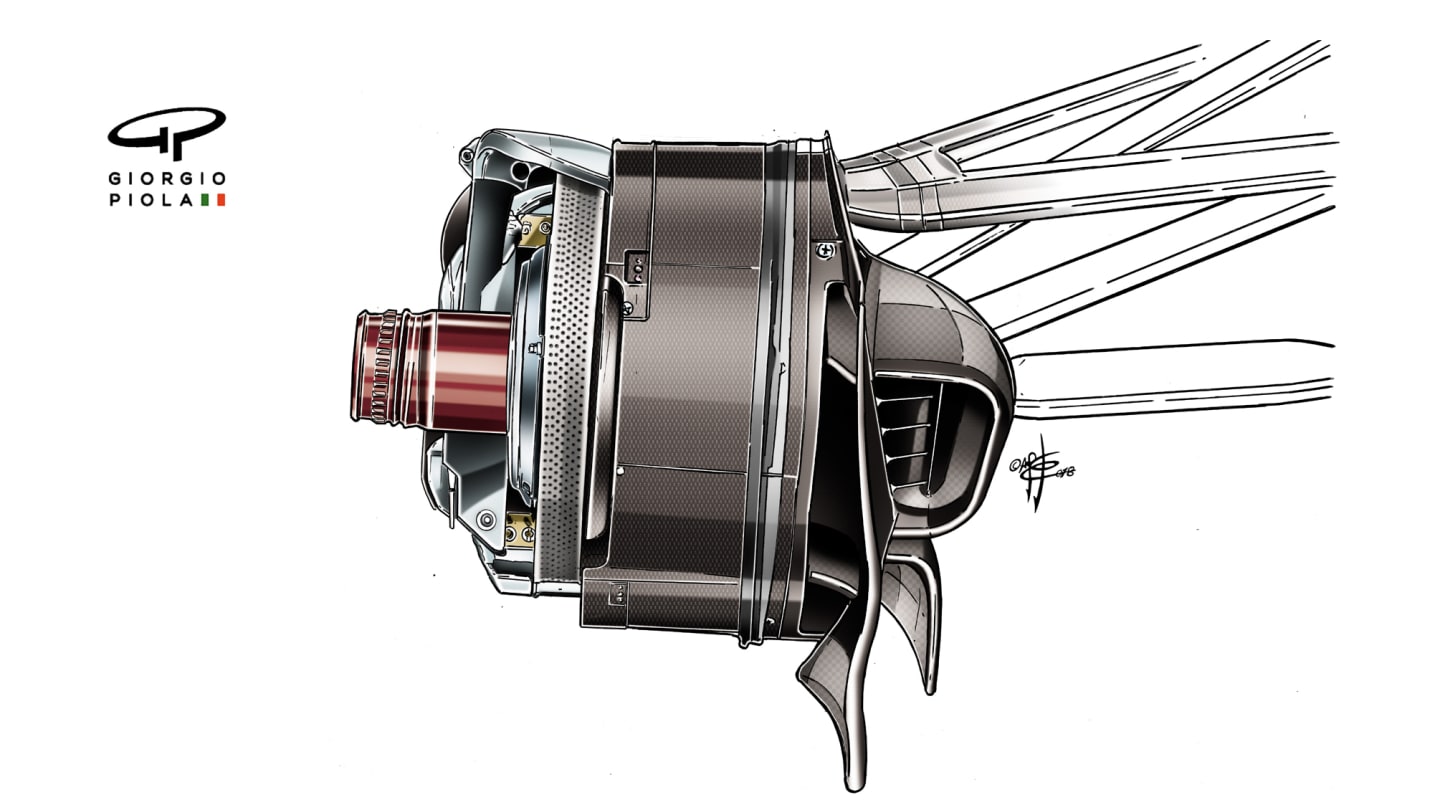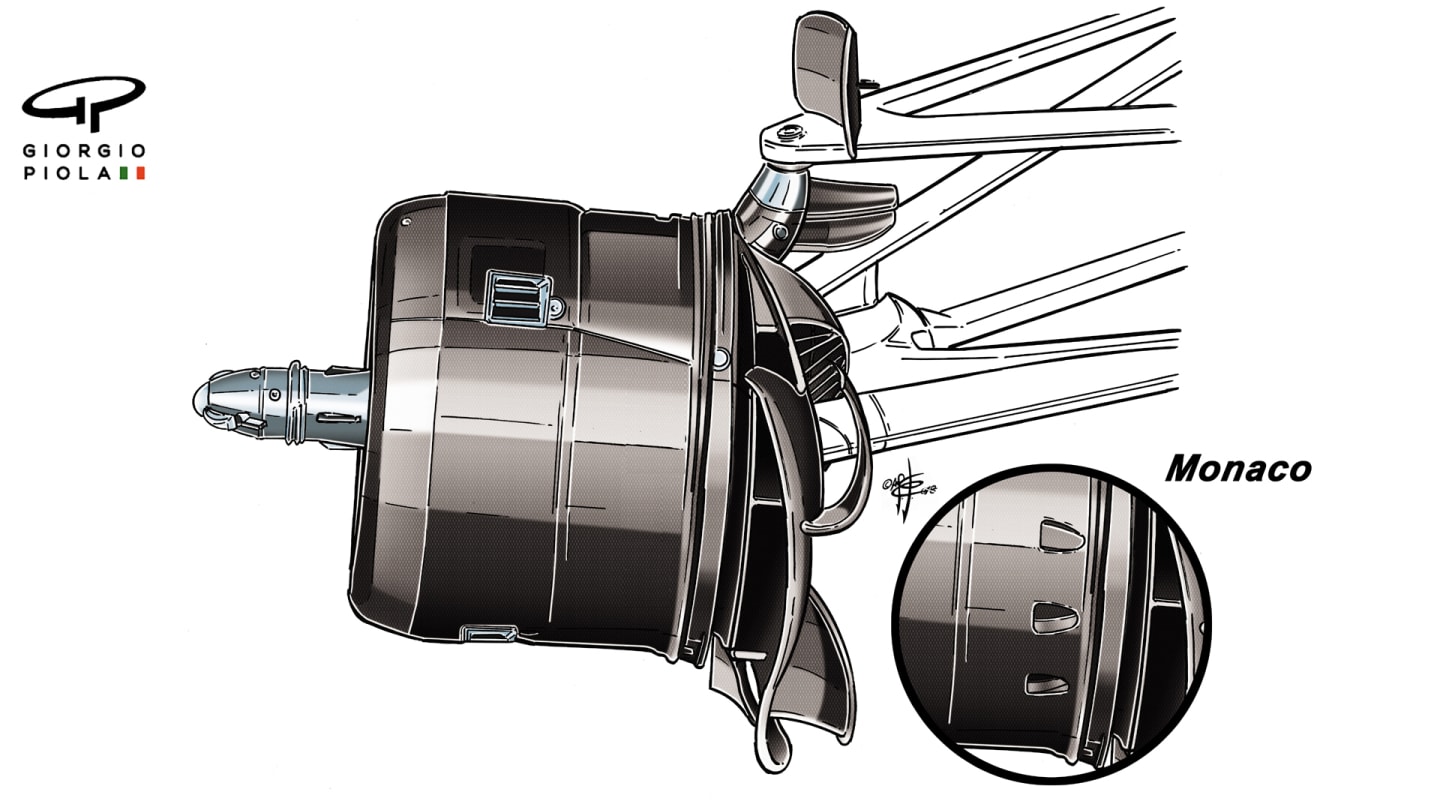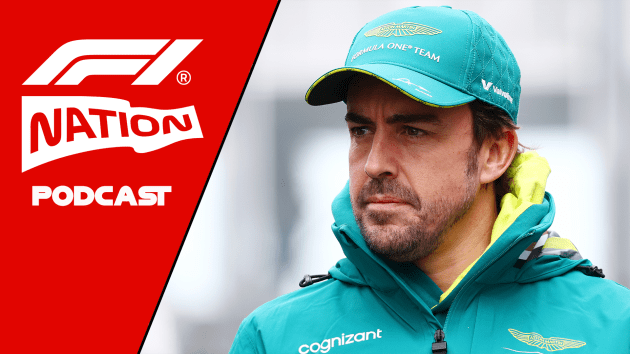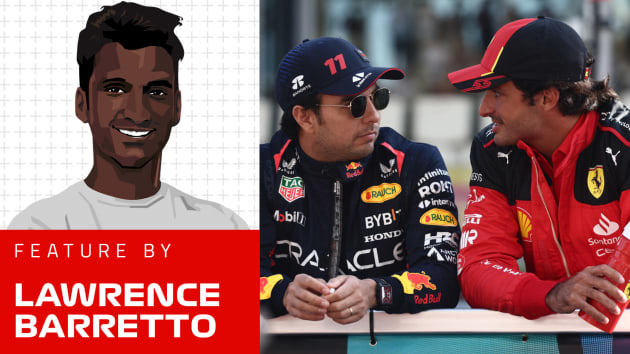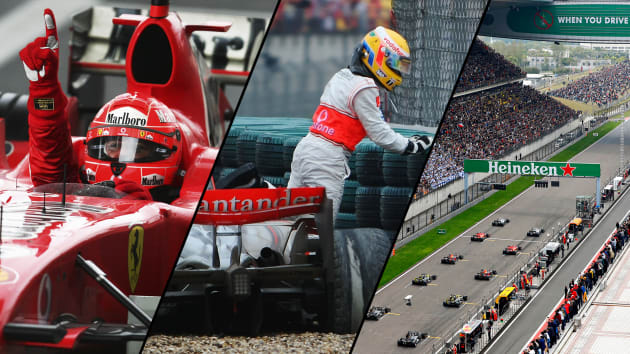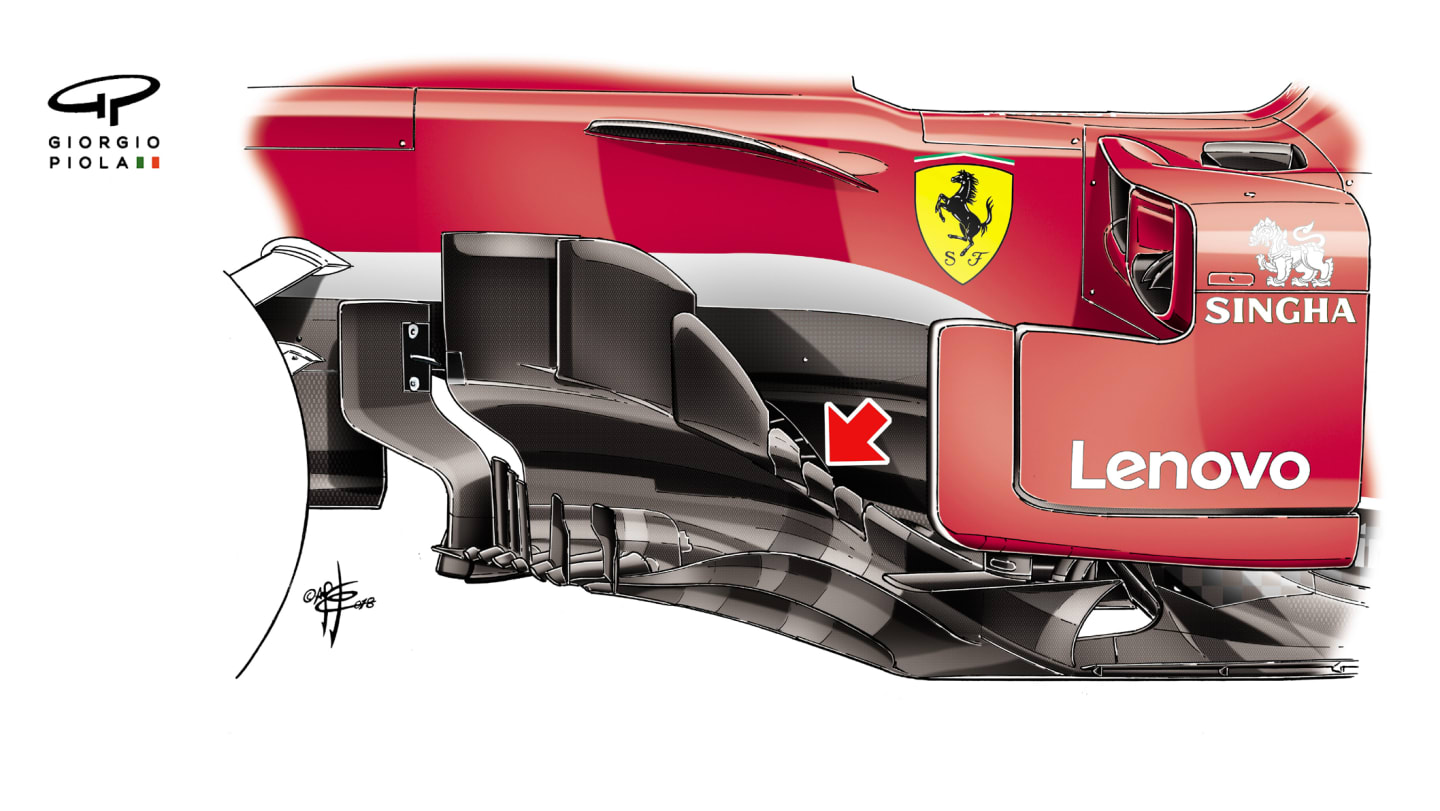
Technical
TECH FOCUS: The Ferrari change that helped put Vettel back on top in Canada

Technical Contributors
Mark Hughes and Giorgio PiolaShare

Power unit upgrades got most of the headlines when it came to technical developments in Montreal - but there were plenty of chassis changes on display too, and nowhere more so than on the Ferrari. Mark Hughes and Giorgio Piola take a closer look at some crucial changes…
The Ferrari with which Sebastian Vettel retook the lead of the championship with a dominant drive from pole in Montreal benefitted from a visually bigger aerodynamic upgrade than its rivals. It underlined once again that since last year Ferrari have been at the cutting edge of the development race, and on a very productive path, after a few years of lagging behind.
Regardless of tweaks to regulations and clarifications, Ferrari continue to relentlessly add performance to their car. Some of the new features on the SF71H were Montreal-specific for the unusual layout of the track, where low-speed corner performance must be combined with low drag, with a far smaller emphasis than usual on high-speed downforce. These concerned some details around the rear wing. But of more significance was the upgrade to the barge board, floor and diffuser, as these changes will carry through onto the more conventional tracks coming up.
1 / 2
The barge boards have been extensively re-modelled. The main triple boards (each with a progressively greater angle from the perpendicular than the preceding one, so as to help the airflow turn outwards and downwards progressively and not detach) remain, though with a mild re-fashioning of contours. But they now merge into three ‘mini-boards’ (red arrow) rather than the previous plain solid fence. This change works in conjunction with re-arranged mini-vanes at the lower, forward part of the floor. This whole barge board/mini vane assembly should be seen as one component, the function of which is to bring the airflow arriving from inboard of the front wheel and turn it downwards and outwards, keeping it separate from the flow higher up which is feeding the radiator inlets (guided there by the vane to the left of the Prancing Horse and also by the Ferrari’s unique out-of-sight hollow wing mirrors). It is essential these two flows do not interfere with each other, as it would considerably reduce the aerodynamic effectiveness of both.
In the shapes and arrangements of the boards can be seen how the air is being directed. Airflow is resistant to too sudden a direction change, hence multiple boards to change it, step-like, into a series of smaller changes, as it is then fed to the lower part of the bodywork towards the rear by way of the body’s ‘coke bottle’ section, the contour of which lowers the air pressure, thereby inducing it to accelerate. The faster the flow, the greater the downforce.
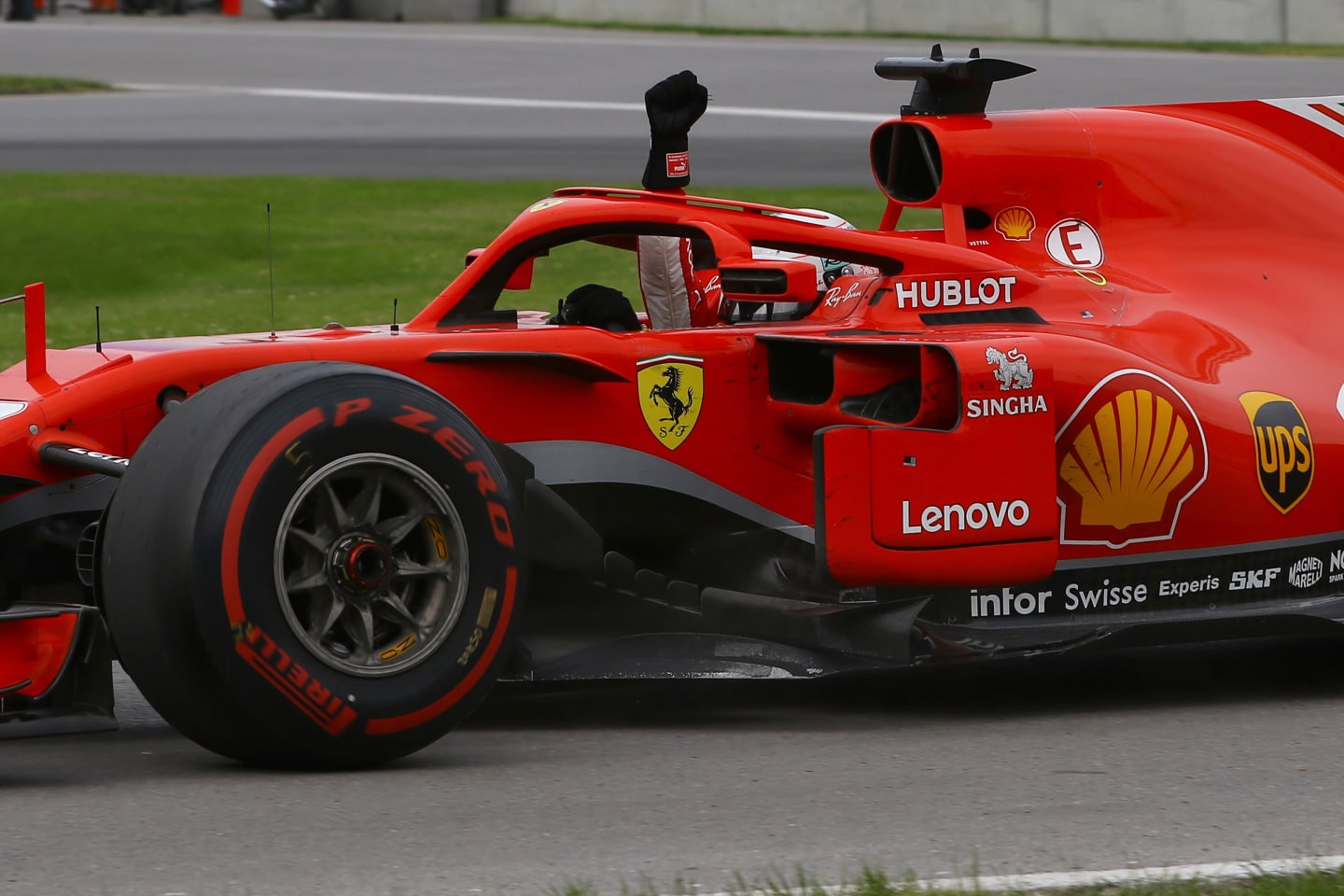
As Sebastian Vettel celebrated victory in Canada, the updates to his Ferrari's bargeboards were clearly visible. © Sutton Images
The sizes and shapes of the smaller vanes at the front of the floor have been modified (see comparison), as have the contours of the floor’s outer lip, which joins them to the lower-rear of the main barge board. The combined changes will have given a more effective acceleration of the flow, probably without inducing quite as much drag as before. Vettel did a quick back-to-back comparison of the old arrangement and the new in first practice on Friday and discarded the old one after only three laps, indicating that the update was working much as Ferrari had intended.
Other tech changes in Canada
Haas was another team to make significant upgrades unconnected with Montreal’s layout. Their new barge board arrangement featured six strakes (shown in the gallery below, highlighted with the red arrow) stacked in two rows rather than the previous three strakes. These re-align the airflow coming off the front tyre headed for the outer part of the floor, giving it a more controlled transition and therefore keeping the under-floor downforce more consistent.
1 / 2
Haas and Red Bull both use a number of strakes on their cars to realign airflow. © Giorgio Piola
Consistency of good downforce is more important than high peak numbers and typically a development programme will find ways of smoothing out these transitions. Another example of this can be seen in the unusual curved outer edges of the Sauber’s diffuser (shown in the gallery above, indicated with the red arrow) introduced at Monaco and retained in Montreal.
Changes that teams make specifically for Montreal invariably include a lower drag rear wing and extra cooling for the brakes. A typical Montreal rear wing is shown in the gallery below from Williams (which was also used in Baku) with a spoon-shaped profile. The profile narrows at the outer ends, costing some downforce-producing surface area but gaining more (at Montreal and Baku) from the reduction in drag. The T-wing is also usually deleted.
Changes in brake cooling can be as extreme as Renault’s solution (shown in the gallery below) whereby the section of drum that usually surrounds the disc is removed entirely. Others, such as Mercedes, simply open up the duct inlets.
1 / 3
Williams's low-drag rear wing. © Giorgio Piola
At Montreal it is the disc temperature that needs to be heavily controlled, but at slower circuits such as Monaco the discs are not the issue; there can instead be a problem keeping the calipers from overheating. The inset in the picture of Mercedes’ Monaco arrangement shows small cooling holes inserted around the caliper area. These are not required on faster circuits such as Montreal, as the greater airflow keeps the metal calipers cool enough. The problem with fast-moving airflow over an overheating carbon disc at Montreal is that it can simply accelerate the oxydising process whereby the carbon of the disc simply turns to dust. So it is essential that the disc is not overheating as the car enters the straight.
Ferrari traditionally take no risks with brake cooling, using bigger ducts than Mercedes. Although this costs some aerodynamic performance, it allows the driver to use the brakes more aggressively – a very critical part of lap time in Montreal. On the evidence of last Sunday, Ferrari hit that balance perfectly.
YOU MIGHT ALSO LIKE
Podcast F1 NATION: Shanghai returns for the first Sprint of the season – it’s our Chinese GP preview
Podcast F1 NATION: Alonso’s Aston Martin decision and what it means for him – with Pedro de la Rosa and Damon Hill
FeatureF1 Unlocked BARRETTO: Perez? Ricciardo? Sainz? Who will get the nod to partner Verstappen at Red Bull next season?
Feature From Schumacher’s last win to F1’s 1000th race – Six unforgettable Chinese Grand Prix moments
